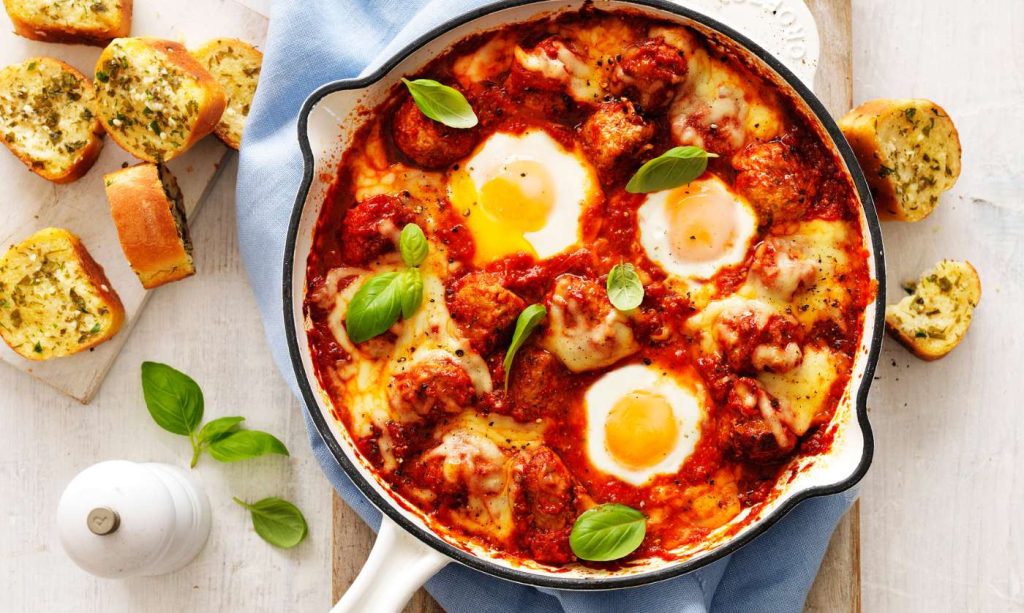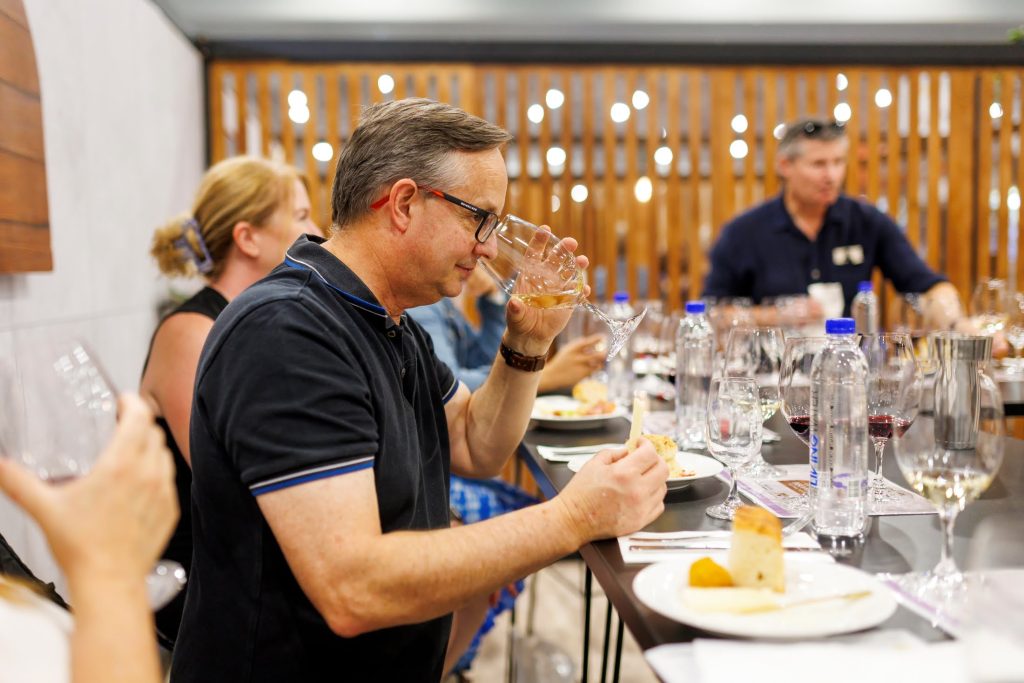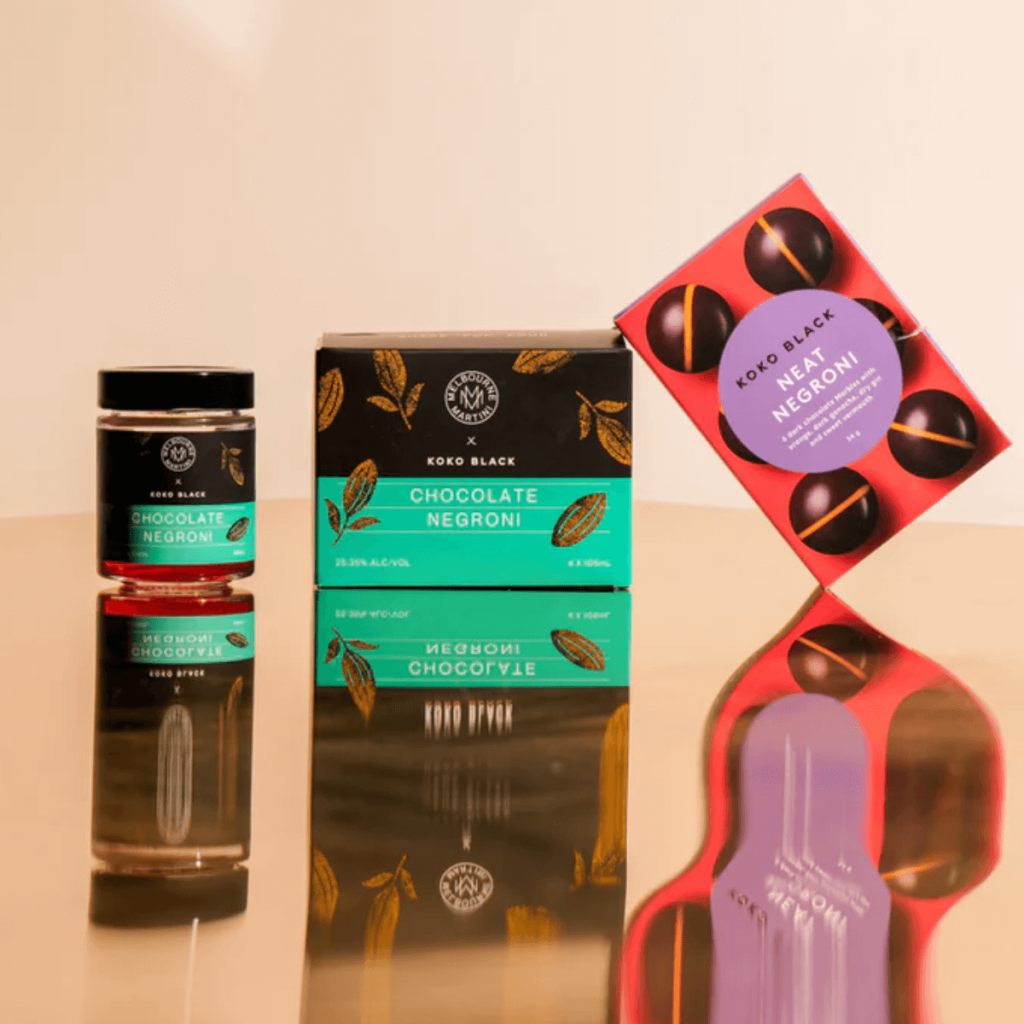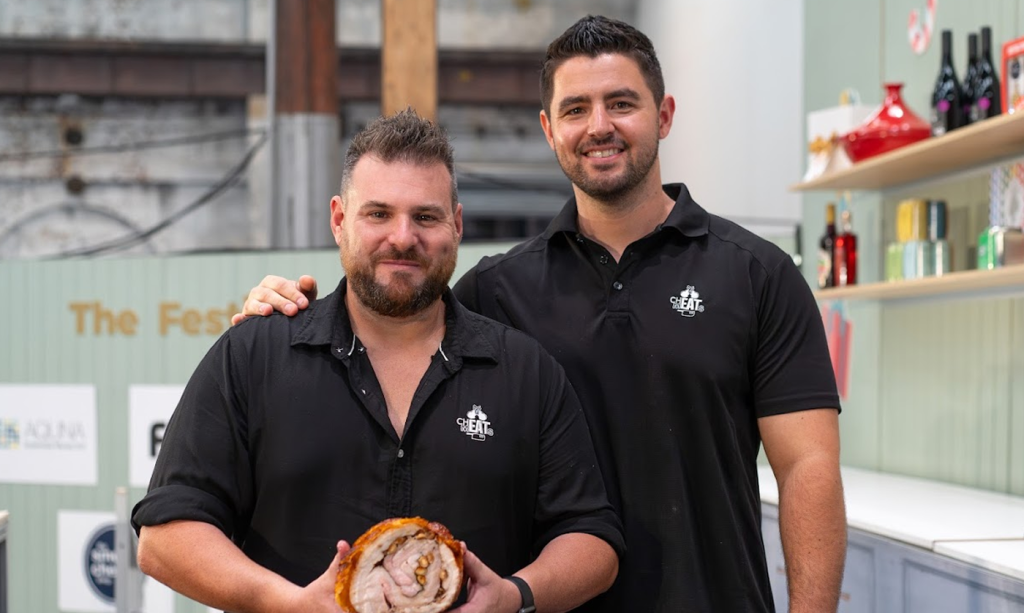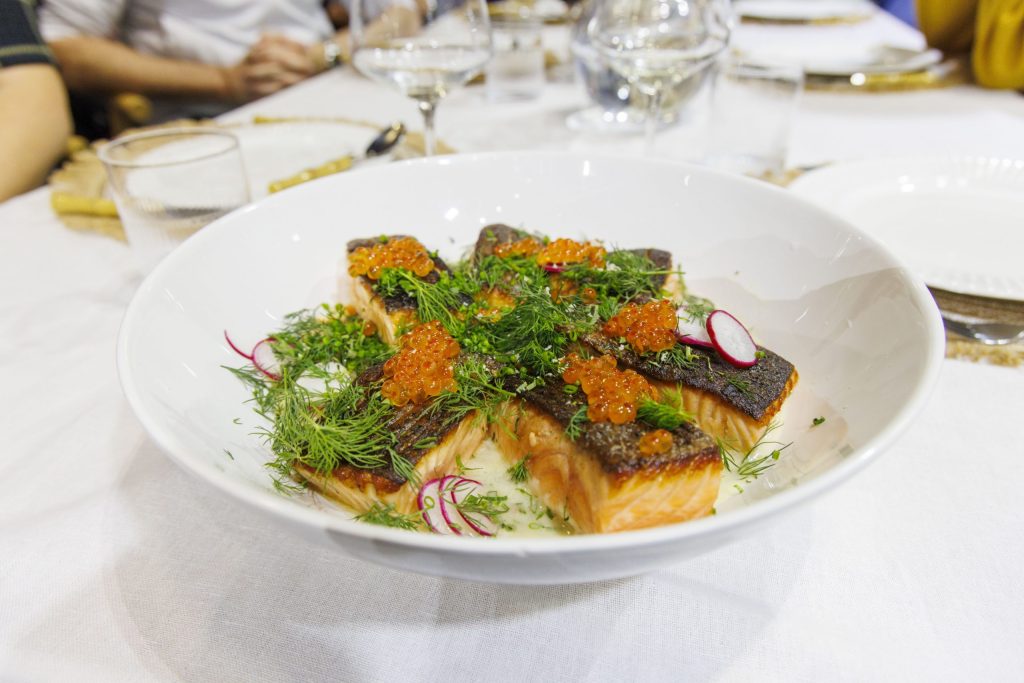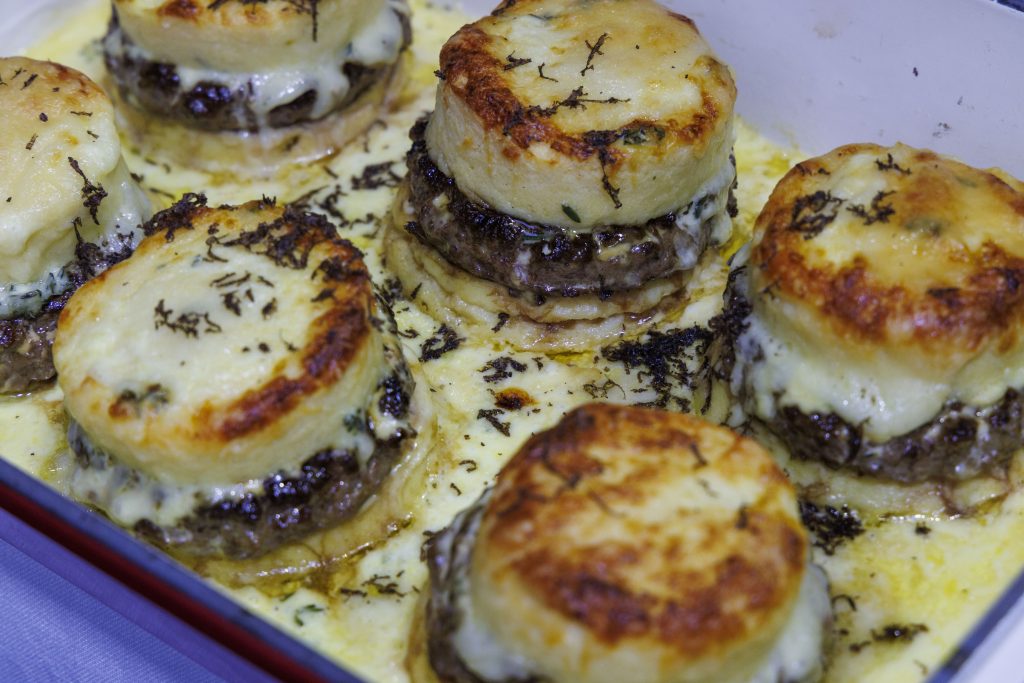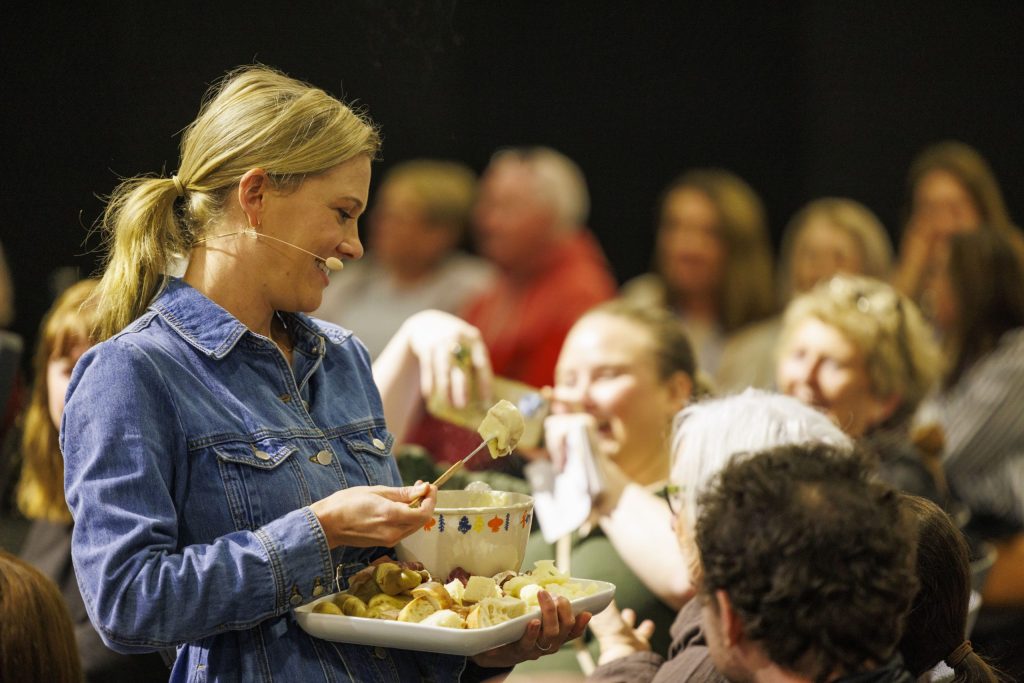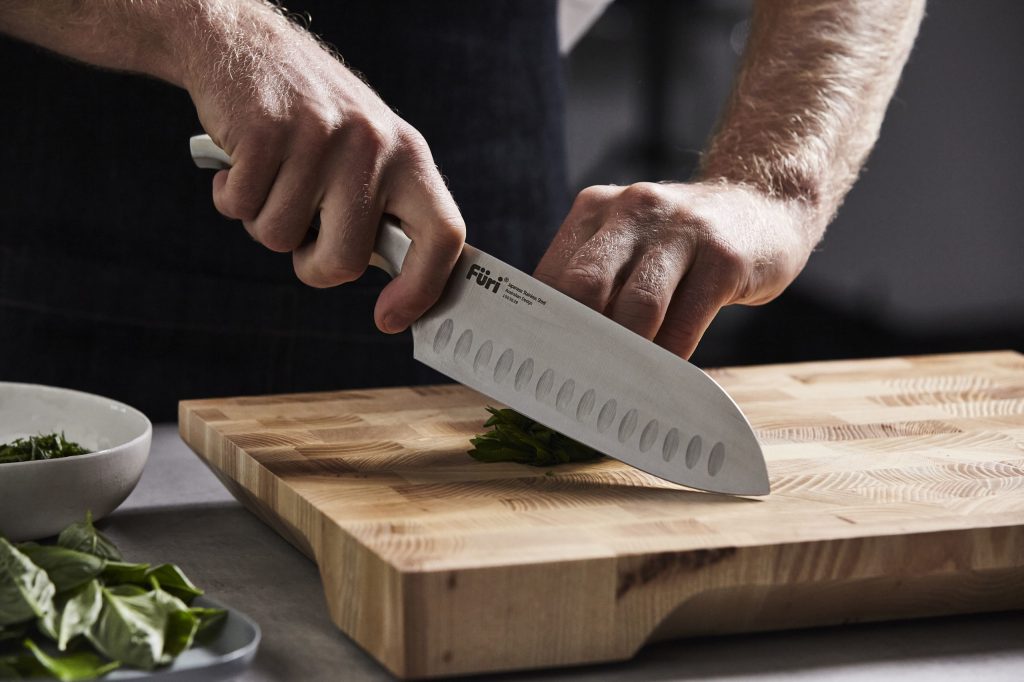Bush Tucker
Published 14 Oct, 2015What would you say is Australia’s national dish? Thanks to our diverse multicultural population Australia has a rich culinary scene that incorporates cuisines from all over the world, from Italian, Indian, Chinese, and beyond. But we have long struggled to identify with a definitive ‘Australian’ cuisine.
However, this might be about to change as leading chefs across the country begin to shift their focus from international trends to look in their own backyard and explore the exciting world of native Australian ingredients.
‘Native ingredients are delicious and should be celebrated. Australia is rich in its produce and has a vast amount to offer,’ explains Vue de Monde director Shannon Bennett, one of the many high profile Australian chefs launching native ingredients into the spotlight and transcending them from ‘bush tucker’ to contemporary fine dining.‘We are trying to help discover Australia’s food culture in one sentence. People are now starting to realise that Australia does have a very defined and established food culture that has many layers to it’.
It is estimated that there are up to 5,000 native food species in Australia, that’s almost 20 per cent of our native flora and fauna. As you can imagine, these comprise of a hugely diverse range of flavours, amazing vibrant colours, and textures. Often these ingredients reflect the area of the diverse Australian landscape that they come from. For example, southern coastal ingredients such as saltbush, pigface, and various seaweeds capture the salty flavours of the Australian sea, and typically have a beautiful dusty sage colour.
Native Australian ingredients can also pack in a serious nutritional punch, particularly when it comes to antioxidants, anti-inflammatories, and micronutrients, whose benefits are still being discovered. In fact, the tangy Kakadu Plum is the world’s richest known fruit source of vitamin C, closely followed by native quandongs, which have a similar flavour to cranberries.
Another reason why so many contemporary restaurants are incorporating Australian ingredients into their menus is because of its powerful story telling element. These types of ingredients really help to connect a dish to the land, to give it meaning and context. Vue de Monde is currently using such ingredients to explore a narrative inspired by colonial era Australia.
‘At the moment we are on a journey and starting with layer one, that is the colonisation period especially the gold rush era’, explains Bennett, ‘French cuisine represented mostly what British people ate when celebrating at the time. We have even discovered records of ingenuous tribes trading imported food for native ingredients’.
The indigenous people of Australia have a very important relationship with native produce, and because of this it is not always culturally appropriate, or legal, to forage for these ingredients in the wild. However, more and more we are seeing an excellent selection of produce available through markets, specialty stores and even supermarkets.
Incorporating native ingredients in home cooking is fun and very easy. Just think of them like any other ingredient, get familiar with tastes and texture, and use classic flavour pairings such as lemon flavours and fish, or tangy fruits with red meats. Bennett recommends bringing them into dishes through pickles, chutneys, marinades, broths and slow cooking.
Here are a few of our favourite native Australian ingredients that are easy to use at home:
- Saltbush: This coastal shrub has similar flavours to thyme and parsley. Use saltbush fresh in salads, mixed into salsa, cooked through a stir fry or dried in a native dukkah to pair with roasts.
- Lemon Myrtle: A favourite at Vue de Monde, these soft sage green leaves have an acidic but extremely complex flavour that pairs perfectly with seafood and creamy desserts.
- Muntries: Also known as native cranberries, Muntaries have a very versatile tart apple-like flavour that can work in both sweet and savoury dishes. Mix them through a fruit salad, decorate a cheese platter or use like you would other berries in pies, muffins or cakes.
- Wattleseed: Not all wattle seeds are edible, but many are including our national flower, the golden wattle. Roasted and ground wattleseeds have a versatile nutty flavour, which is perfect to mix into breads and cakes, or added to spice mixes and meat rubs.
